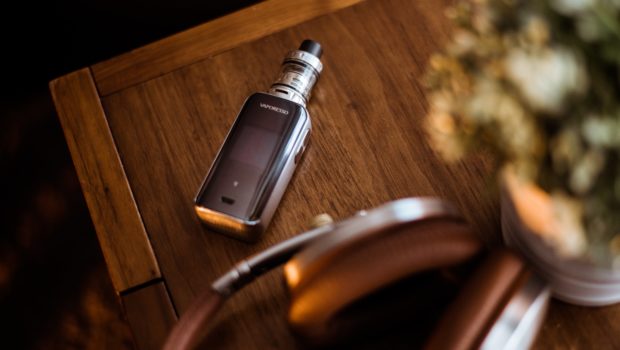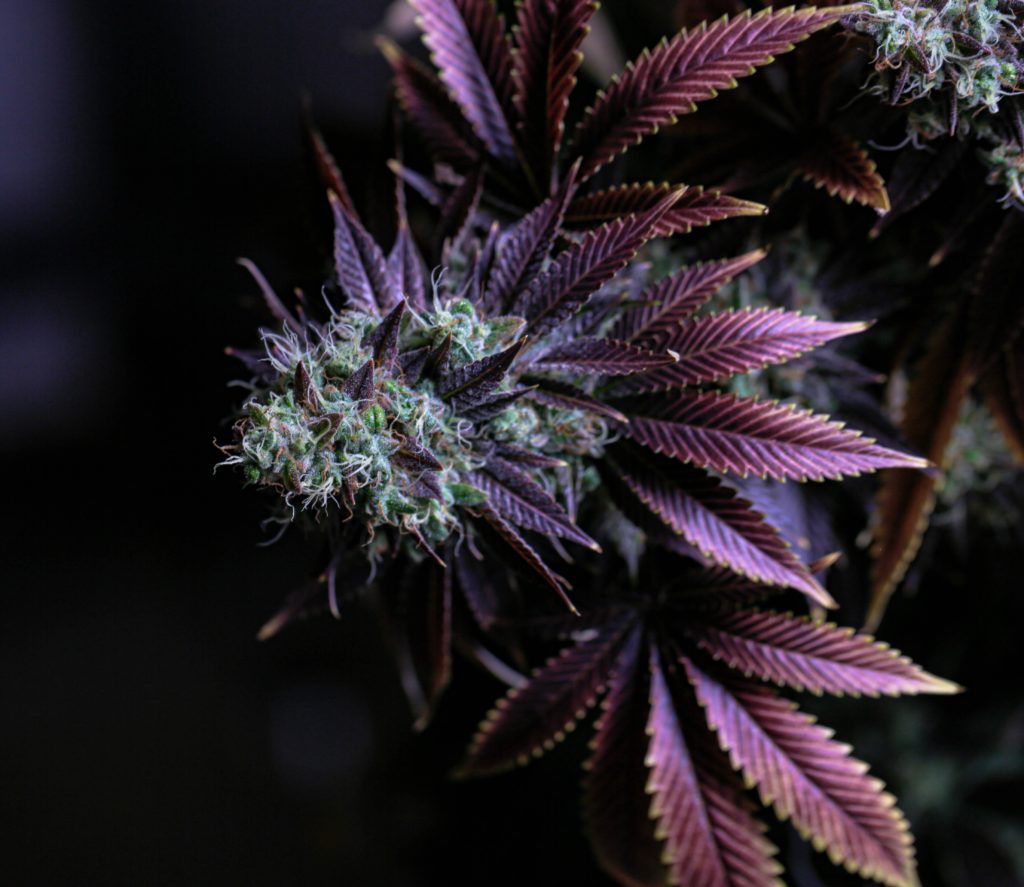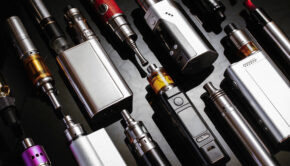What Types of Wicks Can You Use With a Rebuildable Atomizer?
Among serious vaping hobbyists, there is no question that the best way to vape is by using a rebuildable atomizer. Building your own vape coils from scratch means that you’ll always use a coil made to your exact specifications, which is great for the enjoyment of your vaping experience. It also means that you enjoy extremely free and open airflow characteristics that allow you to inhale deeply when vaping and experience the utmost of pleasure as you taste every nuance of your Vape Juice.
Another great thing about using a rebuildable atomizer is the fact that there’s so much room for experimentation. The most popular way of experimenting with RBA coils is by trying different coil designs. You can vary the number of wraps. You can space the wraps apart or push them together. You can even twist or braid multiple wires together. Each coil design changes your vaping experience in subtle ways.
When you use a rebuildable atomizer, you can also change your vaping experience by experimenting with different materials. You can change the type of metal that you use for the coil, and you can also change your wick – which is the topic that we’ll focus on in this article. Although cotton is the most popular material for vape wicks by a wide margin, it’s actually one of several different RDA wick materials that are available for you to try.
So, what types of wicks can you use with a rebuildable atomizer, and what are the benefits of those different materials? Those are the things you’ll learn from reading this article.
Cotton
We’ll begin with the RDA wick material that you know best. Even if you’ve never built your own coils before and have only ever used sub-ohm tanks, you have plenty of experience with cotton wicks because cotton is what’s used for the vast majority of vape wicks. That’s because cotton is the gold standard for vape wicks. For most people, it offers the ideal balance of flavor quality, performance and durability. Cotton isn’t necessarily the best wick material in any of those three areas, but any material that offers better performance than cotton in one area will result in a compromise in another area.
Cotton also has the benefit of being inexpensive and widely available. Several companies sell organic cotton specifically for vape coil building. Cotton that’s intended for use in vape wicks tends to have very long fibers, making it easy to thread the strands through the center of a coil without breaking them. Many people, however, just buy big bags of organic cotton pads or balls from cosmetics stores. Organic cotton is very cheap when it’s bought in bulk, and a big bag can provide you with enough cotton to build vape coils every day for months.
Hemp or Flax Fiber
Cotton isn’t the only natural plant fiber that you can use as a wick for vaping. There are plenty of other fibers available, and two of the most popular options are hemp and flax. If you’ve ever had a piece of clothing or another item such as a wallet made from one of those fibers, you know that hemp and flax are both extremely durable – but they’re not quite as soft and fluffy as cotton. That characteristic also carries over when you use hemp or flax as a wick for vaping. Since hemp and flax are less fluffy than cotton, they don’t absorb liquids quite as rapidly.
Although hemp and flax do not have the wicking performance of cotton, you do get the benefit of increased durability when you use those materials. Compared to cotton, hemp and flax are both less susceptible to burning, and the wicks may therefore last longer before they require replacement. Keep in mind, though, that no wick is impervious to coil gunk. If you like to use an e-liquid that’s heavily sweetened, your wick is going to be black after a day or two of vaping regardless of the material you’re using.
Rayon
Rayon is the last vape wick material on this list that’s very easy to buy and to use. You can get it from any beauty supply store, and the product that you want to buy is called CelluCotton. You want to get the version made entirely from rayon. The thing that makes rayon so special as a wick material for vaping is that the microscopic fibers can transport liquid extremely efficiently. When you use a coil with a rayon wick, there’s no need to wait even a moment between puffs for the wick to draw more e-liquid from your RDA’s drip well. As soon as you release the fire button, the wick is wet again.
Some people who have tried rayon as a vape wick material have commented that the flavor isn’t as good as it is with cotton. If you have problems with dry hits when using a cotton wick, though, you really should give rayon a try. When threading a rayon wick through a coil, it’s ideal if the wick is so thick that you have a little trouble getting it through. That’s because rayon contracts when it’s wet. If you use too little rayon, you’ll get dry hits because the wick will contract to the point where it’s no longer touching the coil.
Ceramic
Believe it or not, it is actually possible to get ceramic fiber ropes that are designed for vaping, and you can use one of those ropes as the wick for a rebuildable atomizer. A ceramic wick isn’t the easiest thing in the world to use. With cotton, you’re used to building the coil first and then pushing the cotton through the center of the coil. When you use a ceramic wick, though, you need to wrap the coil around the wick because you can’t push a ceramic wick through a coil without deforming the coil.
So, what’s the benefit of using a ceramic wick? The benefit is that ceramic doesn’t burn. How would you like to have a wick that you can use until it starts to fall apart? How would you like to have the ability to dry burn the residue from your coil while the wick is still installed? A ceramic wick is completely impervious to heat. Ceramic does have a downside in that it can’t move e-liquid quite as efficiently as cotton, but it’s a great solution if you’re a low-wattage vaper and want to use a coil that lasts for months rather than days.
Cover Photo by Vaporesso on Unsplash

















